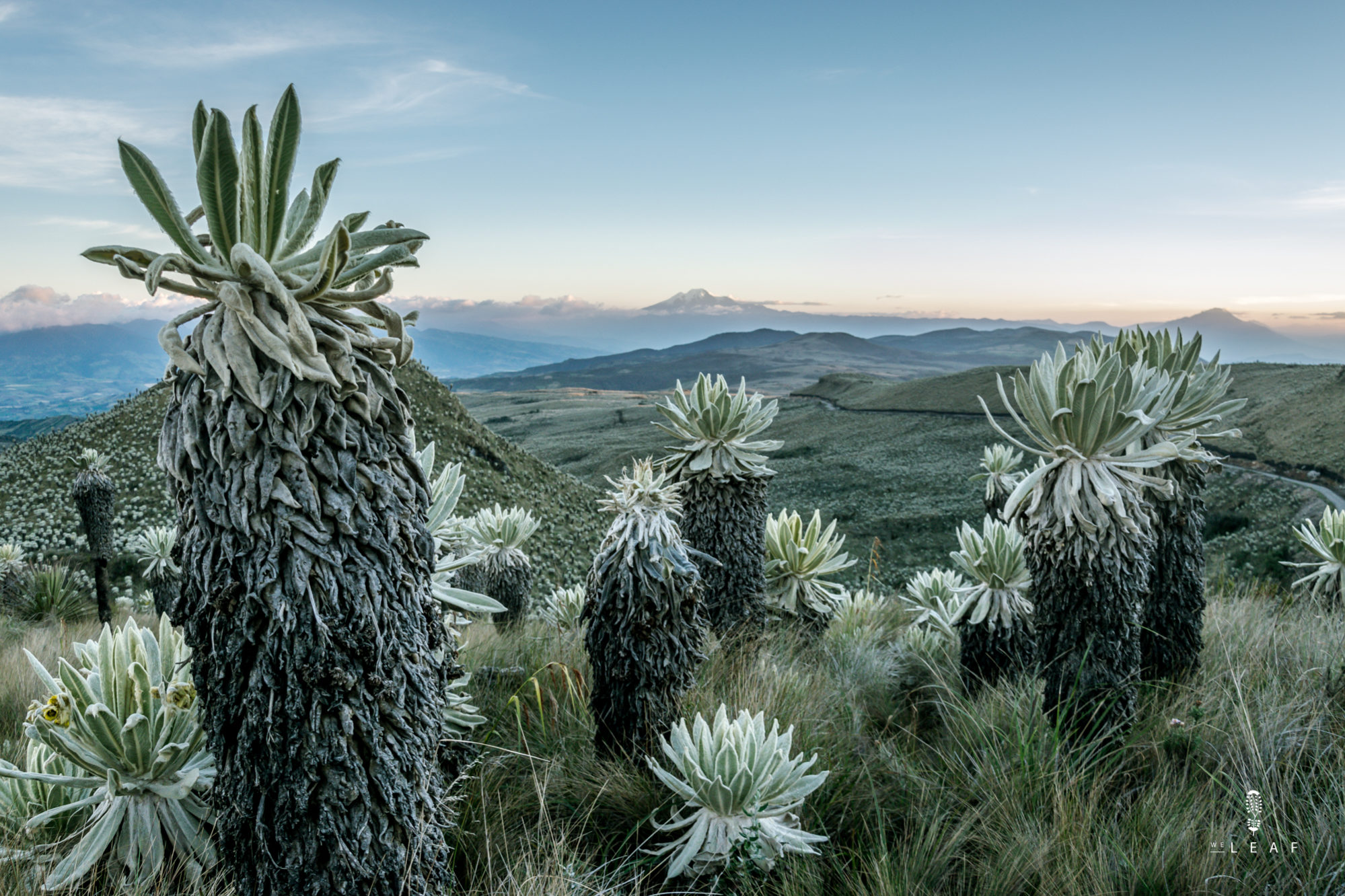
Cycling in Ecuador

How to find sponsors for a world trip
January 12, 2019
A new start
March 7, 2019
Cycling in Ecuador
If we can recommend one country for cycling in South America, it is certainly not Ecuador. It is a beautiful country, but it is very tough for cycling. Yet every cyclist who is cycling in South America will pass through Ecuador one day and, to be honest, you shouldn't miss it because there is so much to see. Prepare yourself for a beautiful country with lots of culture, stunning volcanoes, high moorlands with lakes, cobblestone roads and lots of bananas. Ecuador isn't a must-do for a cyclist, but with these tips cycling is a lot more pleasant and you enjoy the country to the fullest.
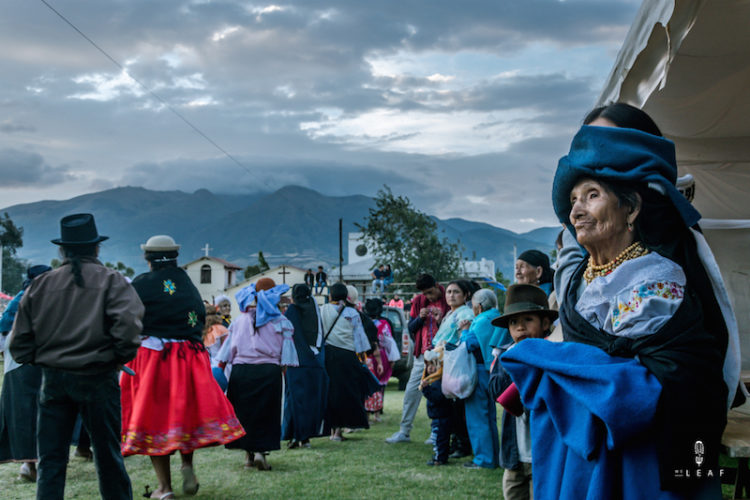
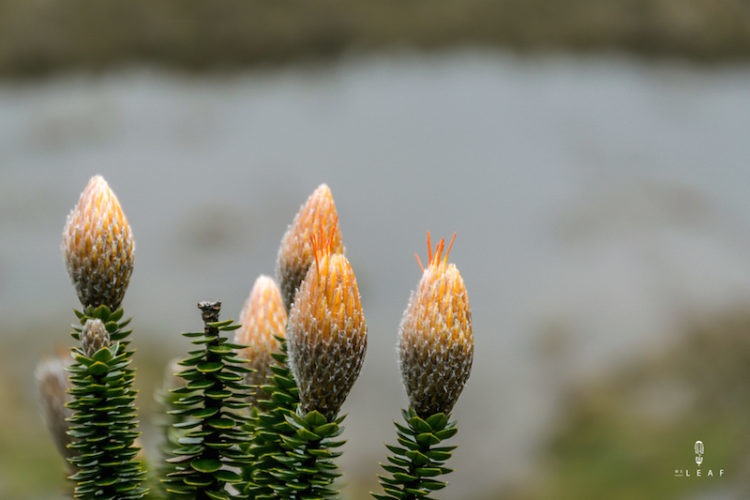
Our route
We cycled through Ecuador from south to north and largely followed the Andes. In total we did 750 kilometer with more than 15.000 altitude meters.
Part 1 - Border with Peru to Pasaje: quiet roads through the banana plantations, flat, asphalt
Deel 2 - Pasaje to Cuenca: a lot of traffic, asphalt, a lot of altitude meters
Deel 3 - Cuenca to Latacunga: a lot of traffic, asphalt, a lot of altitude meters
Deel 4 - Latacunga to Machachi (Known as the Quilotoa loop): quiet, asphalt, a lot of altitude meters
Deel 5 - Machachi to Quito: a lot of traffic, asphalt, city
Deel 6 - Quito to Cotacachi: quiet, partly dirt road, a lot of altitude meters
Deel 7 - Cotacachi to El Angel: quiet, partly dirt road, a lot of altitude meters
Deel 8 - Reserva Ecologica El Angel: no traffic, dirt road, a lot of altitude meters
Sleeping
In almost every village you can find hostals, hotels or hospedajes. Ecuador is more expensive compared to its neighboring countries. The reason for this is the dolarization that came in 2001 after a economical crisis. Prices are now around 50% more expensive than in the neighboring countries. The cheapest rooms can be found from $7.
Camping is easy and safe. With iOverlander you quickly find a lot of good places, but it’s easy to find a lot of places yourself. Above 3,000 meters it is a bit cooler at night and above 4,000 meters it can be freezing cold. In a number of national parks, such as the Cotopaxi National Park, you can only sleep on the designated camping spots. With a bit of luck you will find a very special place to sleep, like a Choza, a small hut that the shepherds use in the highlands. Always ask permission from the locals to sleep in one of the Chozas.
Cycling is popular in Ecuador and the warmshower network is bigger than in Peru and Bolivia. In Quito there are many warmshowers, but there are also a number of options in the smaller cities. There are a few Casas de Ciclistas in Ecuador, such as in Tumbaco and Ambato. In the small villages you can always knock on the door of the fire station because they are very helpful in Ecuador. If there is no fire department, you can always try a Puesto de Salud, the municipalidad or the police. Often they have a small room available to lay down your sleeping mattress.
Climate
Ecuador has two seasons, dry and wet. The dry season is from June to September and this is the best season for cycling. There is much more chance of blue skies and beautiful views on the volcanoes. In January and February it is often slightly drier, but outside the dry seasons there is a lot of rain. Prepare yourself for many days with incessant rain, which makes it difficult to pass unpaved roads.
There is a pleasant climate in the mountains. Only above 3,500 meters it can be very cold at night, especially in the humid paramos. On the other hand, at the coast and in the Amazon area it is tropical warm.
Drink and eat
Although Ecuador is more expensive than the neighbouring countries, in most places you will find an almuerzo for $ 2 - 2.5. You get a plate of soup, main course and a drink. Usually you can choose between several plates, often chicken with beans and rice. Do you prefer to cook yourself? In all major cities there are supermarkets and in the smallest villages there is always a small shop with the basic products. Vegetables are easy to find and Ecuador has a huge amount of exotic fruit. You almost get the bananas for free, but avocados are also extremely cheap.
The water is Ecuador is usually drinkable from the tap. This is because most of the water comes from higher paramos, the water reservoirs of the country. We always ask the local people if they drink the water. If yes, we do that too. We didn't use our Care-Plus waterfilter, in Ecuador.
Be careful: You can not get drinking water in the Parque Nacional de Cotopaxi. The park closes at 3 pm and they won't let you in after 3pm. You can camp on one of the campsites within the park, but you have to enter the park before 3 pm. At the entrance you can also pitch the tent, but there is no drinking water available. The Guardaparques have water, but they didn't want to give us and they told us the water from the toilets isn't drinkable.
Average prices of basic products
Ecuador is more expensive than its neighbours, but still cheap for travelling. Only the overnight stays are a lot more expensive. The national currency is the US Dollar. Here are a few examples of basic products in Ecuador.
Night in a hostal: from $7 per person
Bread: 8 to 10 rolls for $1
Bananas: 4 to 5 bananas for $0.25
Milk: 1 liter for $0.8
Lunch or dinner: $2.5
Cheese: 100 grams for $0.8
Pasta: 500 grams for $0.8
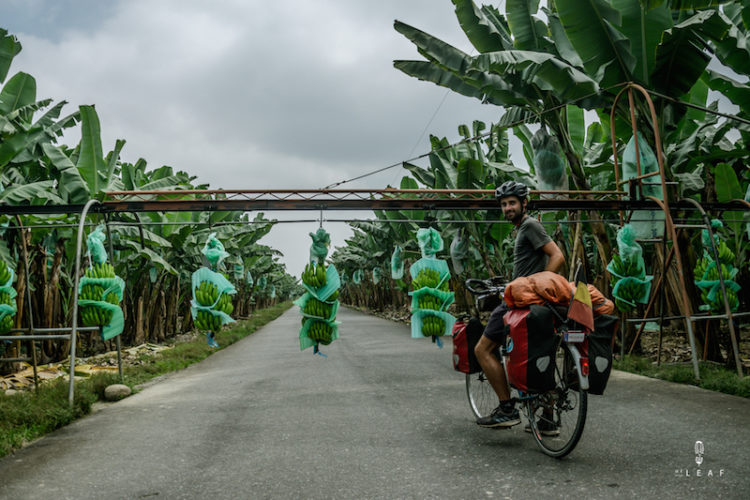
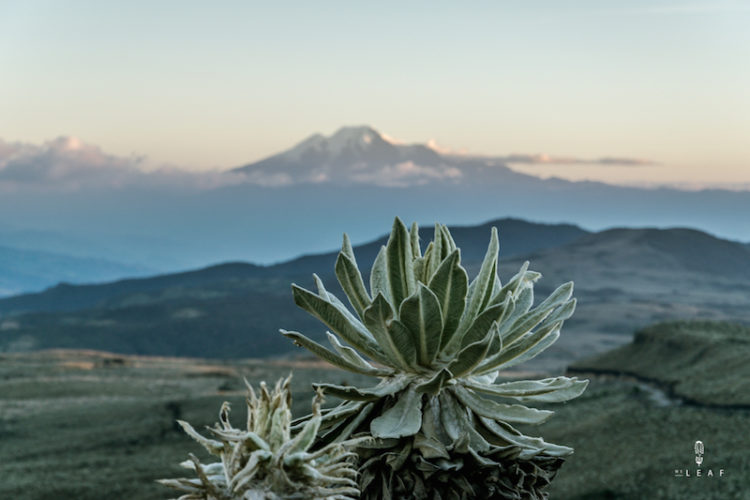
Keep an eye on?
Busy traffic. Ecuador is densely populated and the standard of living is higher than in the neighbouring countries. The Panamericano is a real highway, sometimes even four lanes and there are many cars. Riding on the Panamericano isn't fun at all and if you can, avoid it as often as possible. There you will find tranquillity, authenticity and beautiful nature. Unfortunately, this alternative has two major drawbacks:
Steep climbs. The climbs in Ecuador are steep, very steep. In Peru they spread a long climb over the mountainside with many hairpin bends, but in Ecuador they want to go straight up. Even cars and buses puff up, but with the bike it is really heavy. In Peru we cycled an average of 70 kilometers a day, in Ecuador this was only 55 kilometers. If you also deviate from the paved routes, the routes are even steeper. Still, suffering on a quiet, unpaved road is much more fun than on the busy Panamericano. Travel light! The most popular cycle route through Ecuador is the Trans Ecuador Mountain Bike Route. We only did parts of this route because our bicycles aren't really suited for this work, and we were in a hurry to reach Quito.
Cobblestone roads. Sometimes it seemed like we were cycling on the roads of the Tour of Flanders or Paris Roubaix. Our GPS regularly said 'paved road', but we didn’t realise that cobblestones is a kind of pavement as well. Ecuador is full of these beautiful, but terrible cobbles. We had the idea that our bike would fall apart, and our body had a lot to work a lot. Yet the routes are unique and they adorn the landscape.
Border Ecuador/Colombia. Due to the large number of Venezuelan refugees, it can be very busy at the border with Colombia. It is best to go as early as possible in the morning because in the afternoon you will be in a line for a few hours. They say there is a special row for foreigners, but this one is very busy as well, because all Venezuelans who temporarily return from Peru or Ecuador, pass through that row.
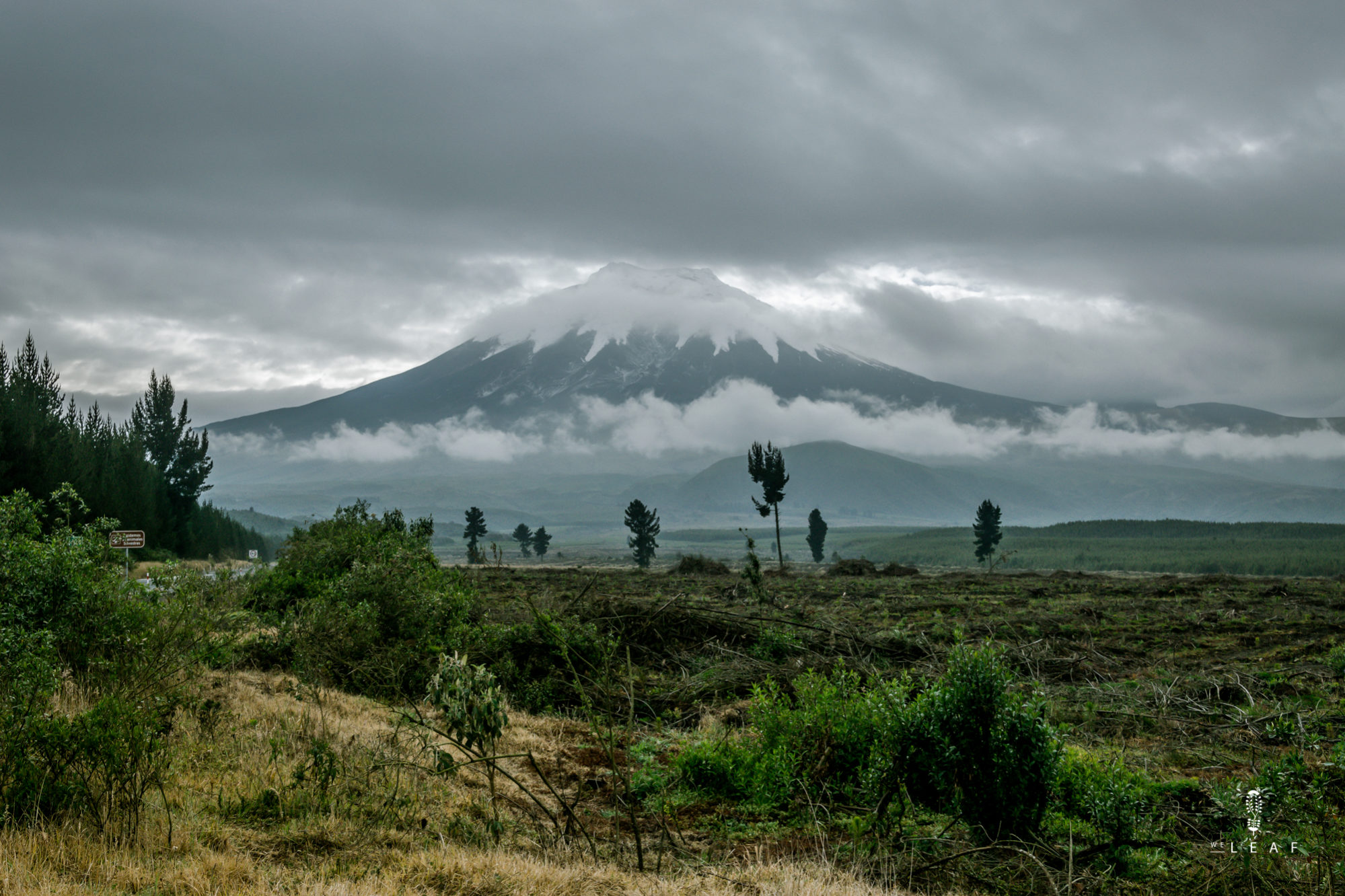




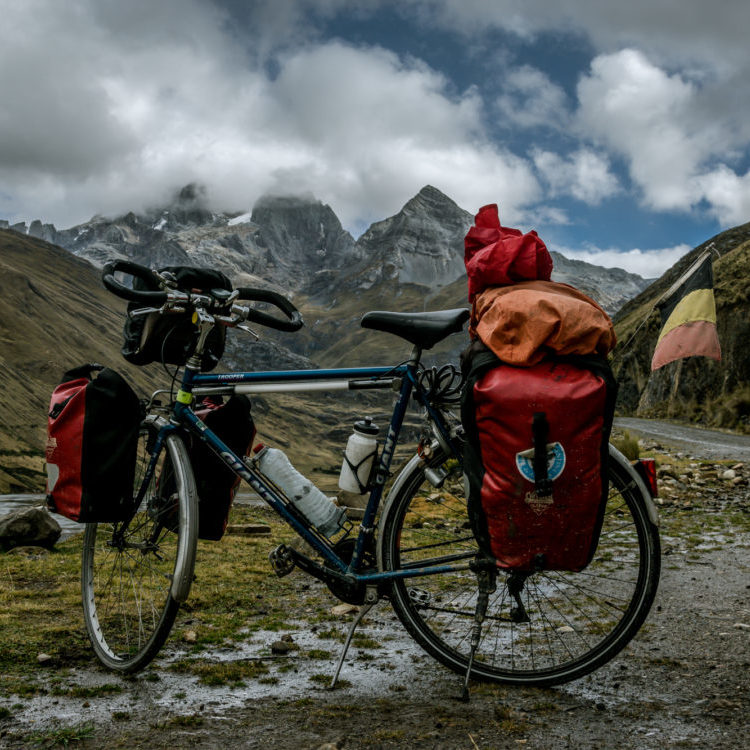
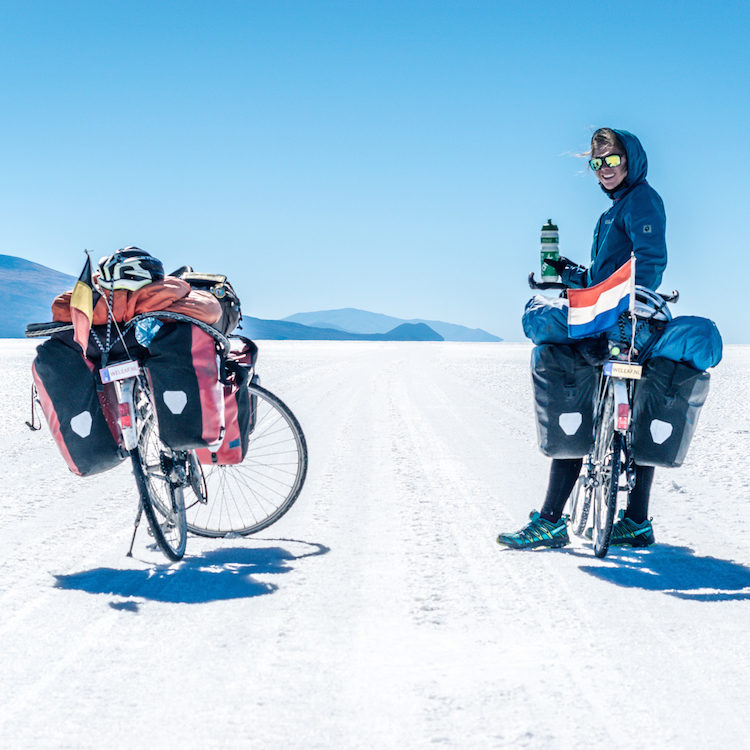



6 Comments
Thanks for the very useful information about Ecuador
You’re welcome. We are happy you can use it! Enjoy Ecuador 🙂
Did you all buy any bike tires while touring in South America? Any advice on where to find Schwalbe or how to get them shipped?
Hi Nicolette,
We had to buy tires several times in South America. It is sometimes hard to find Schwalbe tires, but you will manage in some capitals. We were lucky that our family came to visit us and they took some tires with us. We also tried shipping but our package never made it through customs and was sent back to the Netherlands. Some b-brands you will find easily.
Hello,
Thanks for this article it’s very useful 🙂
Could you share the GPX file from your route ?
Also from what I’m reading online the tap water is NOT potable 😕
Thanks! I can share the gpx file, sure.
And about tap water: we always follow the same rules: Ask people what they do. If you don’t feel safe about that, it’s better to filter it 🙂